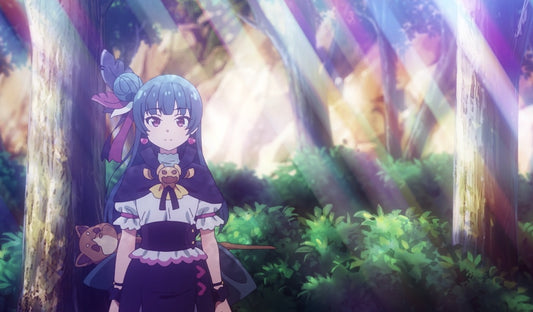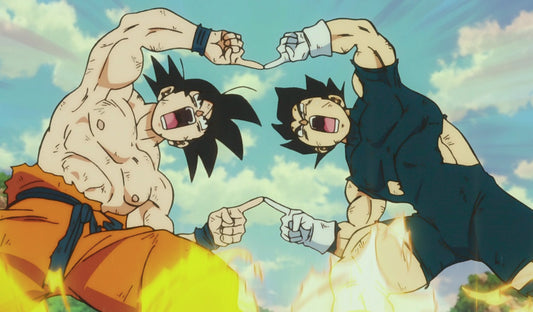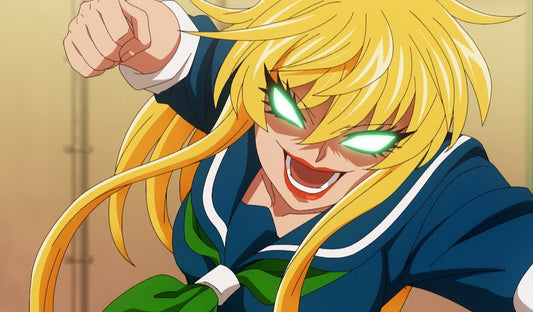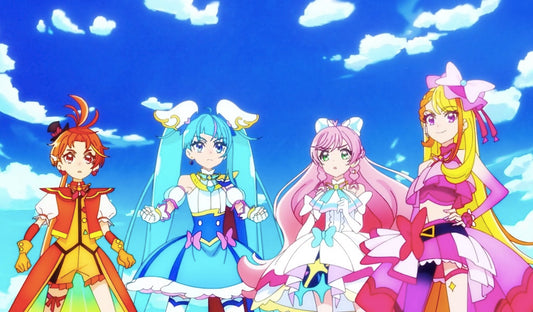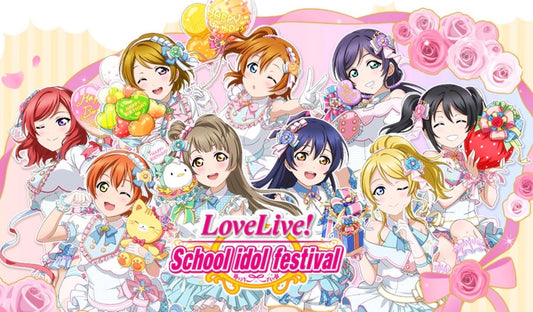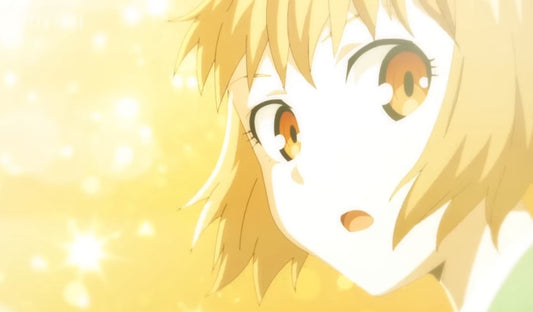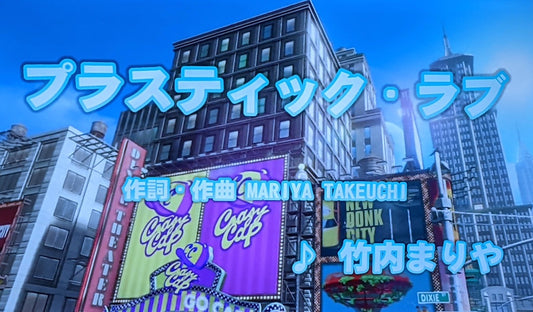Gawr Gura’s Shark’d: Thoughts on the Roles of Animated Adaptations
Carl LiShare
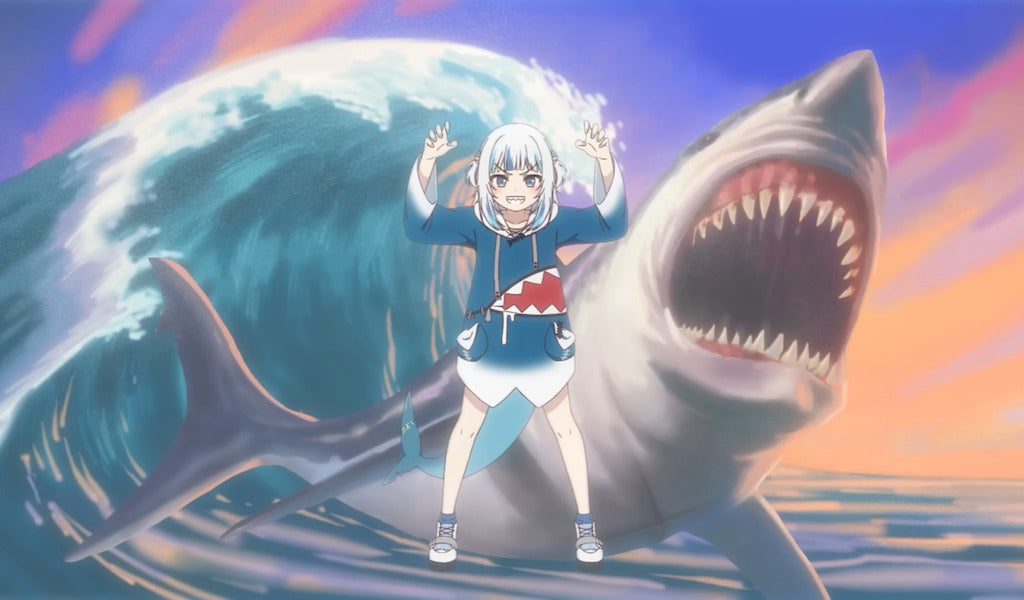

Recently, the world’s most subscribed virtual YouTuber had her first official 3D live. The 4-million-strong Gawr Gura of Hololive English has been a record-shattering titan since she debuted back in September 2020. While the concert was naturally the main focus, the stream actually began with a gorgeously animated depiction of Gura’s never-before-seen origin story titled Shark’d. It felt like an encapsulation of the kind of success Gura and Hololive as a whole have enjoyed over the past couple years, which prompted me to contemplate the purpose this animation serves as part of the greater media mix.
Why Make an Anime?
In the ’80s during the bubble economy, OVAs often acted as lavish proof-of-concept works for manga they were adapted from. And even till this day, one can see a volume of manga receive a special edition that includes an anime episode or short—a kind of reward for the fans should they decide to pay extra. Turning a light novel or manga into a full-blown anime series can work as effective advertisement because of the sheer reach television (and streaming) has. And when it comes to mobile games being turned into anime, sometimes it’s just a massive flex from an extremely profitable company whose gacha systems have pulled in so many users of Japanese iTunes Gift cards that they can practically retire.
The Case of Hololive
Shark’d, seems to takes cues from many of the above examples. Certainly, it’s not the first 2D Hololive animation—see Hololive Alternative and the music video for Houshou Marine’s song “Marine Shukkou,” for instance—but it’s a continuation of animation as being emblematic of success. Clocking in at around three minutes long, Shark’d reminds me of those short anime included as a manga pack-in, but with an attention to detail that calls to mind lavish adaptations like Granblue Fantasy. When the typical VTuber music video consists of a still image and various visual filters, the contrast in quality stands out all the more.
Thinking Backwards
One funny thing about Shark’d as prestige project is that once upon a time, there was actually an attempt by the Hololive parent company, Cover Corporation, to produce an anime as a way to draw in viewers. Miko no Tsutome was a net series of shorts featuring Sakura Miko, though it didn’t gain much traction, and it wasn’t until Miko’s Grand Theft Auto V streams that she ascended to a recognizable face. Now, we’re using the opposite route through Gawr Gura (though one could argue that the Holo Graffiti shorts are the true descendant of Miko no Tsutome).
A Reward
I think the overall purpose of Shark’d ends up being as a reward for all involved. It’s a symbol of success for Gura and for Cover Corporation. It’s a present to Hololive fans, who get to see Gura in glorious full animation while also indulging in the massive amounts of lore and the fun Easter eggs hidden throughout. This is also probably going to draw a lot of attention to the online-based studio that made this whole thing, Tonari Animation. Seeing as how Hololive continues to gain recognition, I wouldn’t be surprised to see more animated shorts in the future—and I can only hope for HoloX to get something special.
Promotional Offer
For a limited time, get an additonal 3% off your digital gift card order from Japan with the code: “Gawr”. Special offer code expires on October 31st, 2022.
Apartment 507 is a site that sells digital PSN, iTunes, eshop, DMM, and more direct from Japan to your email inbox. Get exclusive access to special Japanese content that is only offered with a Japanese account.
